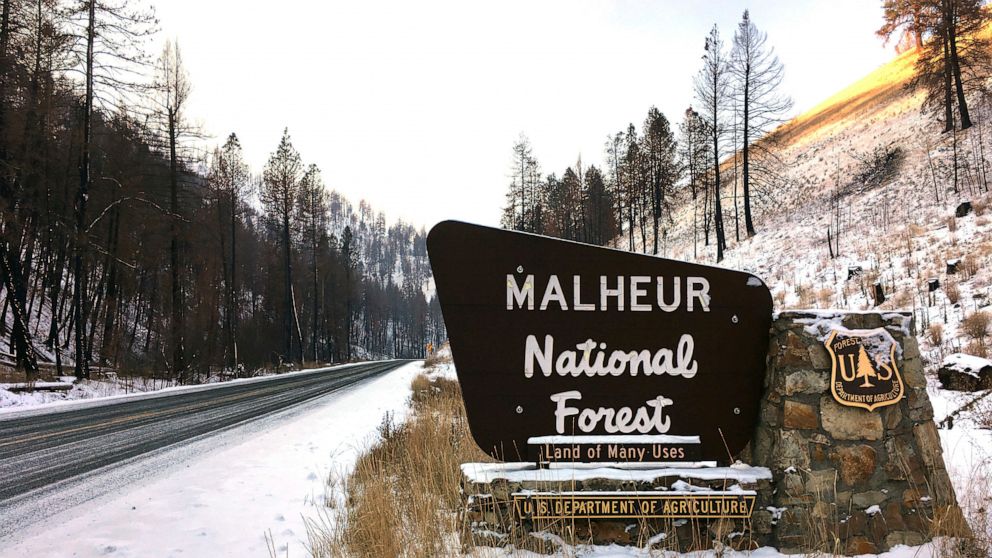SALEM, Ore. — When U.S. Forest Service personnel carried out a planned burn in a national forest in Oregon on Oct. 13, it wound up burning fencing that a local family, the Hollidays, uses to corral cattle.
The crew returned six days later to restart the burn, but the flames then spread onto the family’s ranch and resulted in the arrest of “burn boss” Rick Snodgrass.
Repercussions of the singular incident in the remote corner of eastern Oregon have reached all the way to Washington, D.C., where Forest Service Chief Randy Moore denounced the arrest. But the ranching family is applauding Grant County Sheriff Todd McKinley’s actions.
“It was just negligence, starting a fire when it was so dry, right next to private property,” said Sue Holliday, matriarch of the family.
The incident has once again exposed tensions over land management in the West, where the federal government owns nearly half of all the land.
In 2016, that tension resulted in the 41-day occupation by armed right-wing extremists of the Malheur National Wildlife Refuge in adjacent Harney County to protest the imprisonment of two ranchers, Dwight Hammond and his son Steven, who were convicted of arson for setting fires on federal land.
In a telephone interview, Tonna Holliday, Sue’s daughter, said whoever was responsible for burning up to 40 acres (16 hectares) of their property should face justice.
“How can the Hammonds be held accountable but the United States Forest Service not be held accountable when it’s the same thing?” Holliday said.
However, the Hammonds were convicted of felony arson for intentionally setting fires on federal land, including a fire set to allegedly cover up their slaughter of a herd of deer. Snodgrass is being investigated for alleged reckless burning, a misdemeanor.
The practice of mechanical thinning and planned fires in overgrown forests is credited with saving homes, for example during a 2017 wildfire near Sisters, Oregon. But some efforts have gone terribly awry, including causing the largest fire in New Mexico’s history earlier this year. Several hundred homes were destroyed, livelihoods of the rural residents were lost and water supply systems were compromised.
The federal agency acknowledged in a review that it failed to consider the historic drought and unfavorable spring weather conditions as fire managers attempted to reduce flammable undergrowth in northern New Mexico.
Moore said following the review that the agency must…
Click Here to Read the Full Original Article at ABC News: US…

